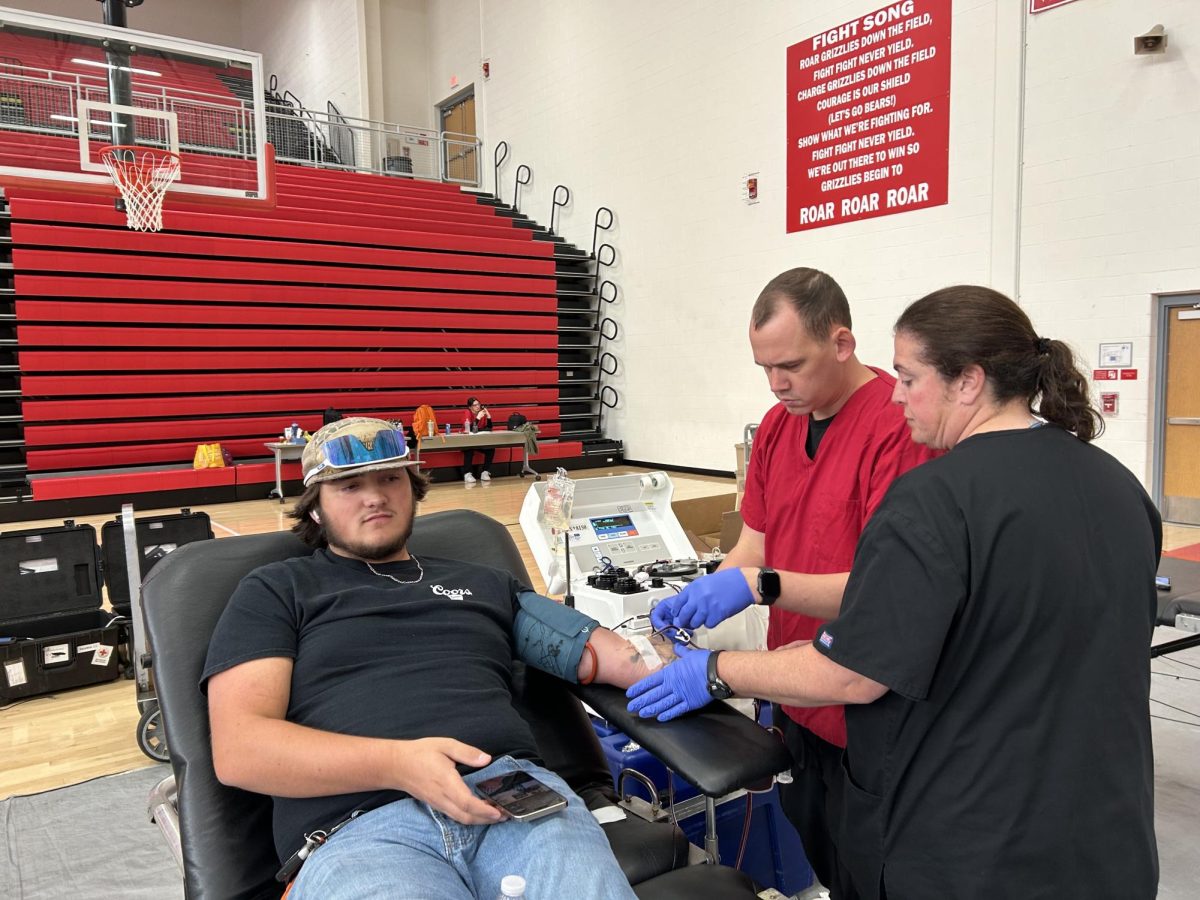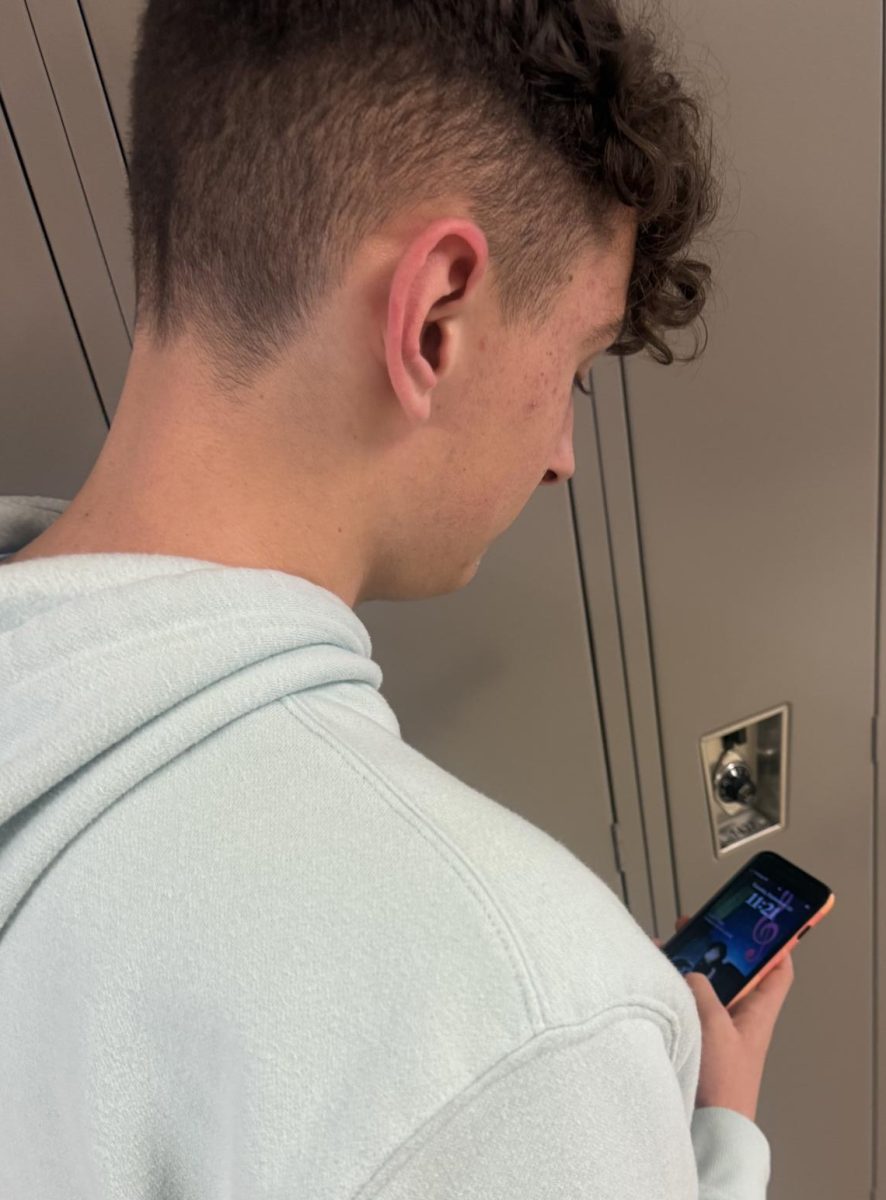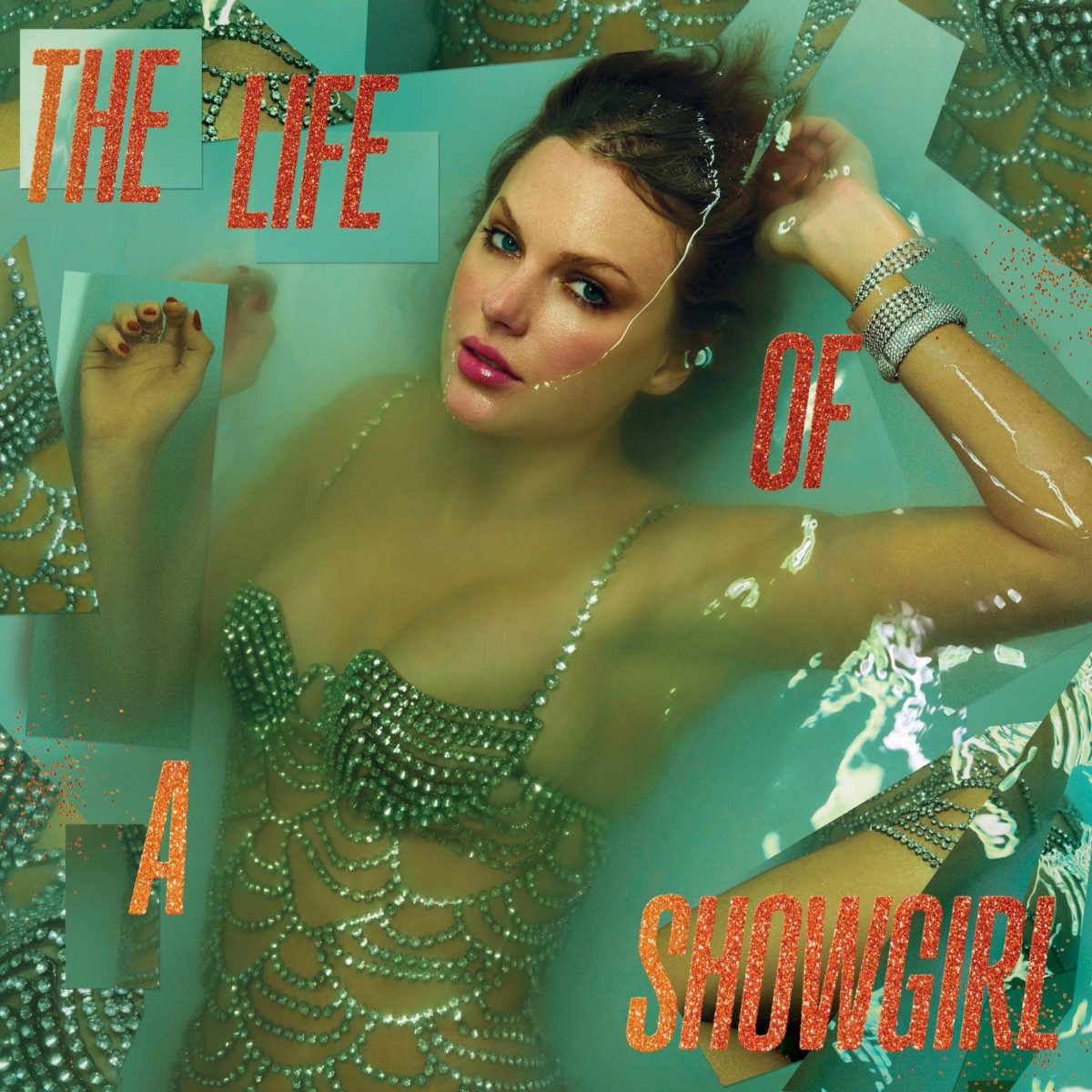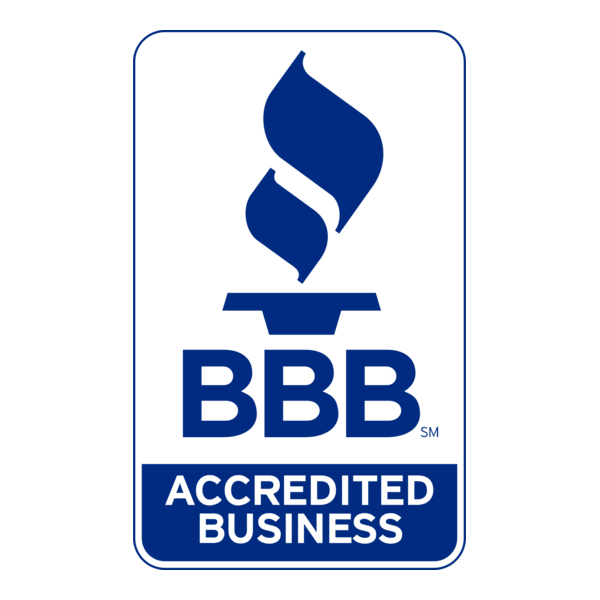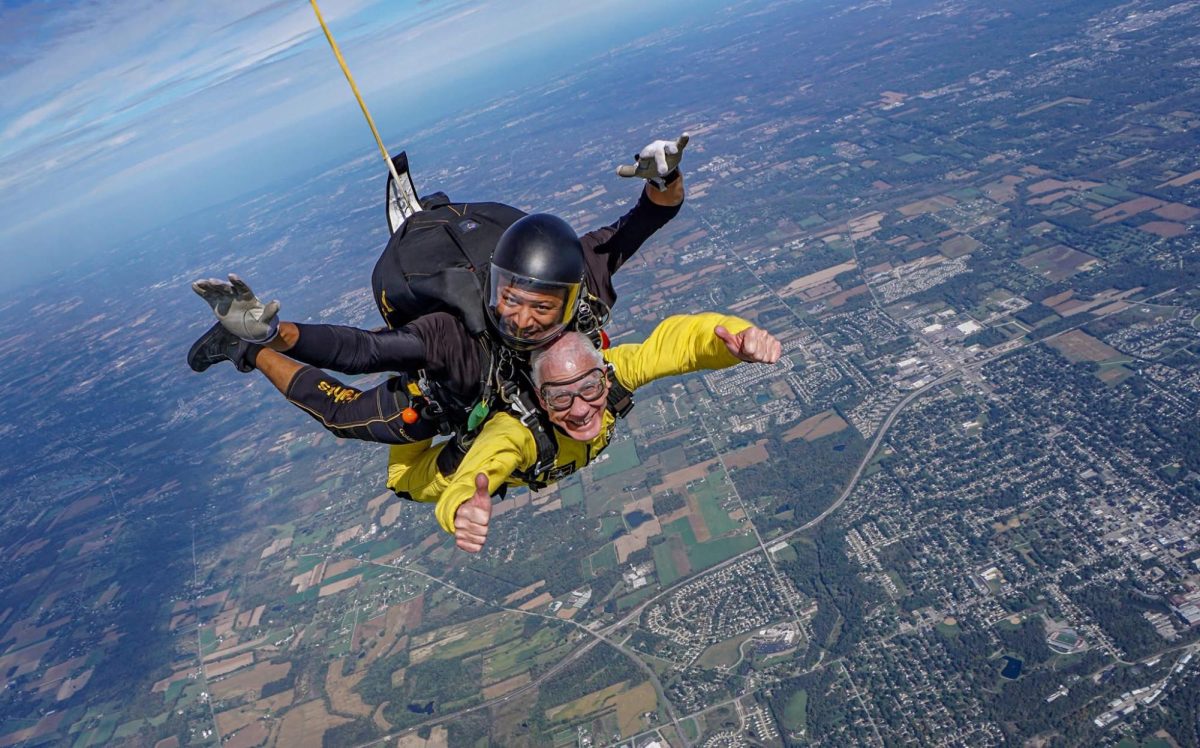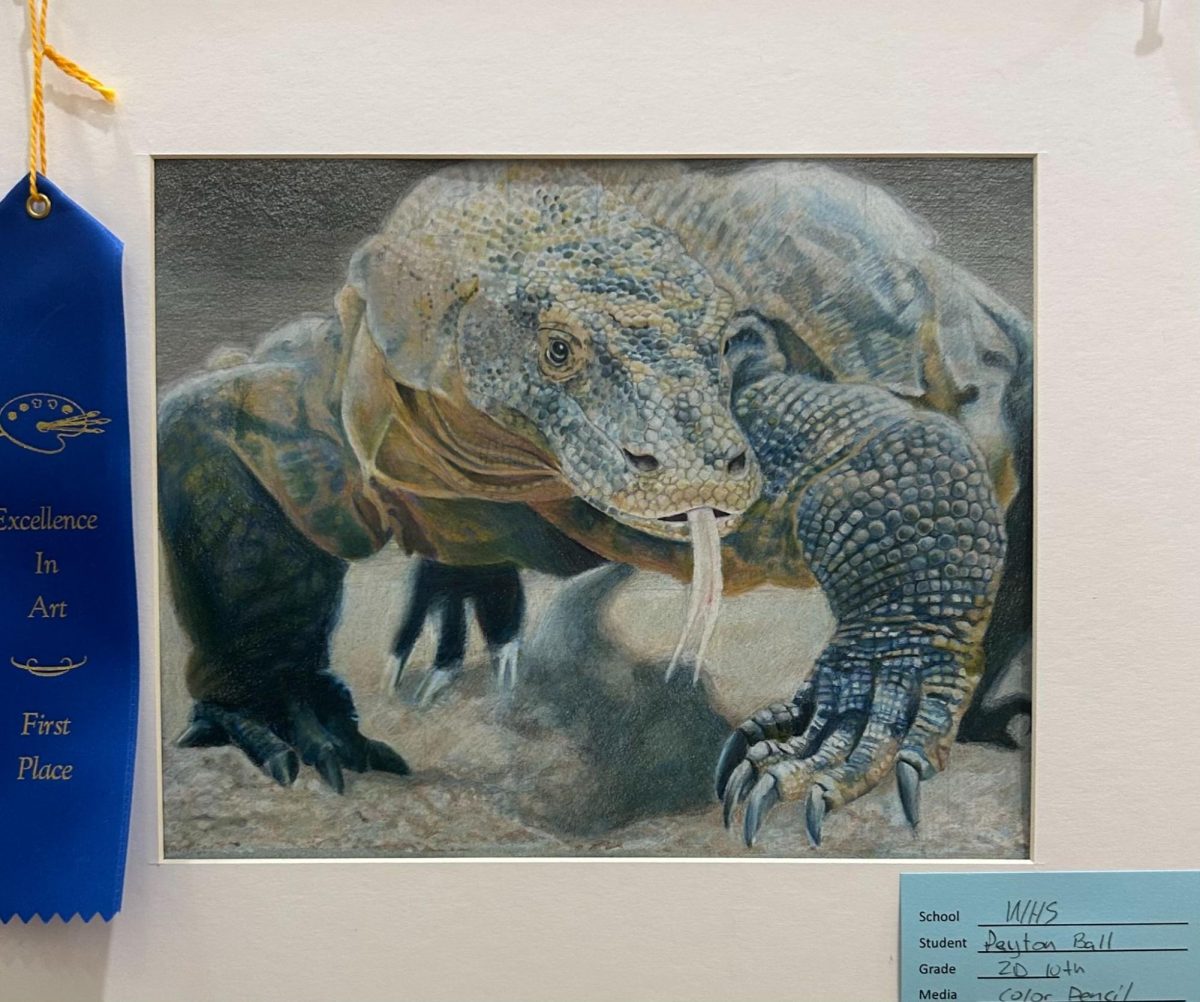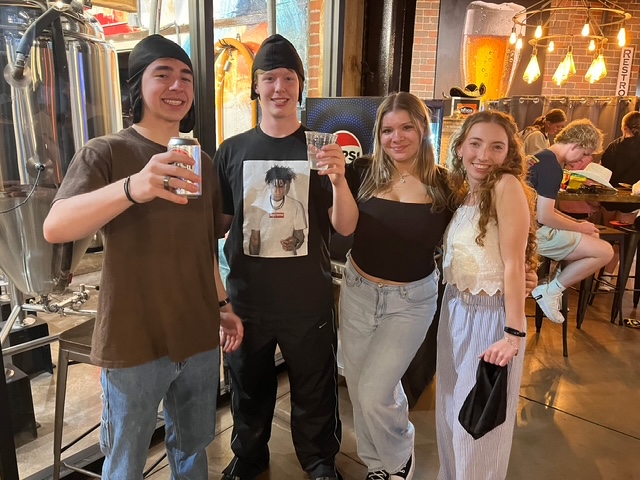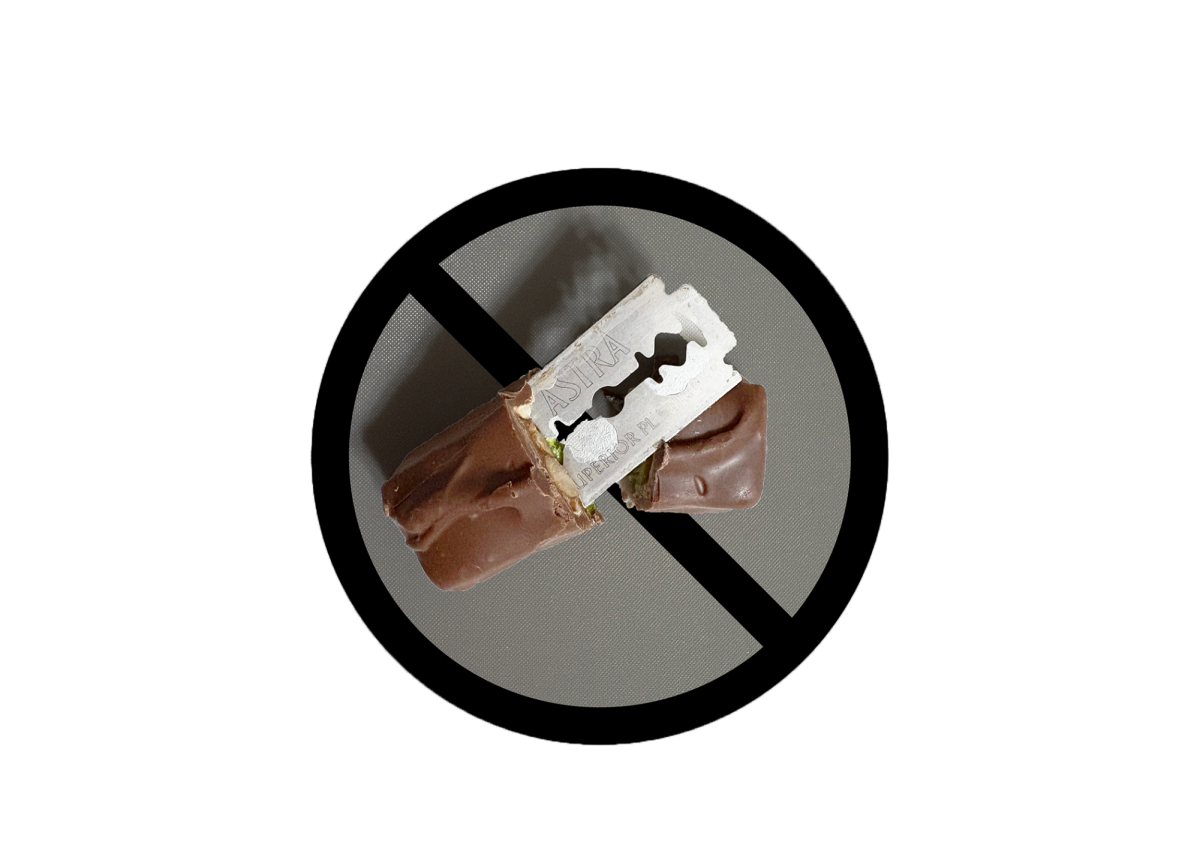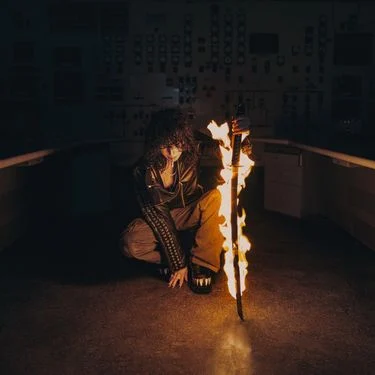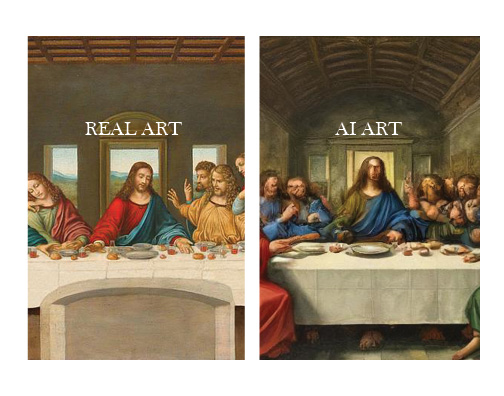It is common to have heard the scary myth of dangerous items being found in children’s Halloween candy such as, lighters, needles, razor blades and drugs. Is it true, though, and should parents fear the worst for their child each Halloween?
The answer is no. Almost all of the stories of poisoned candy throughout America’s Halloween celebrations are mostly just an urban legend spread to spark caution for parents and children on Halloween, when it comes to trusting candy from strangers.
There has been only one confirmed case of a tampered Halloween candy killing someone, only one. In 1974, Ronald Clark O’Bryan had laced Pixy Stix with potassium cyanide and stapled the candy back together to trick and poison his son. O’Bryan forced his son to try the candy, which ultimately led to his child’s death.
There have been about 200 confirmed cases of candy tampering reported within Canada and the US since 1958, but it turns out almost all of them were not genuine.
Wadsworth Police Department worries more about children’s safety on the streets and violence, rather than candy due to the lack of issues regarding the problem.
“We have not [had any cases of tampered candy],” said Adam Innocenti, Officer for the Wadsworth Police Department. “Not since I worked there. I have been there about 17 years now, and I do not remember a call where we have actually responded because we thought someone’s candy was laced with anything.”
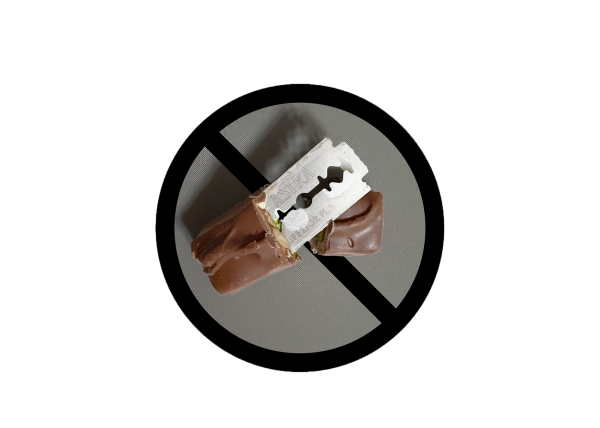
While the myths are not real, it does not mean they cannot happen. Candy has been, and can be easily tampered with.
In America, Halloween is an extremely dangerous time of the year. Allowing strangers to feed children candy from their home carries high risks. Not only that, but Halloween is the day in America with the most child pedestrian deaths.
It is important that news outlets and local police remind families of the dangers and warnings on Halloween, as being self-aware while celebrating Halloween is important to staying safe.
“I would say if you see anything that is in a package that is maybe not an original package, it looks like the package has been tampered with or it is just outside of a package completely, I would not eat any of that stuff,” said Innocenti. “I do not know if that means it was tampered with or if it is just from when it came from the factory, it did not get packaged correctly. [But] I would say that I would not worry too much about it.”
Within our own Wadsworth community, we share a collection of Halloween celebrations in town. From the iconic annual Scare on the Square to trunk or treat, this town cherishes community celebration along with safety.
Kristen Lenc, a mother and involved citizen of the Wadsworth community, attends some of the community’s Halloween events.
“I have heard rumors [of dangers in candy] my whole life, but I have never seen it personally myself,” said Lenc.
It is not necessary, but it does not hurt to check the candy gathered from trick or treating before eating to take extra precautions. Check for any tampering with the wrapper, such as damage, a funny smell or an unusual appearance.
“Even though all of this is rumors to me at this point, I have always made it a practice to [prioritize safety on Halloween],” said Lenc. “I just feel that this is a tradition that kids really enjoy, and so you need to balance safety with fun and do your job as a parent.”
Stay safe and enjoy the night and festivities that come with the spooky season, without overthinking about risks. The chances of any candy getting tampered with are extremely low, so there is no need to worry about anything happening.
Halloween is dangerous without a doubt, but almost every event has dangers that could happen. If celebrating the holiday, it is important to remember the risks and take precautions. It doesn’t hurt to check the candy, but there is no need to fear it either. The only thing a child should really be worried about on Halloween is getting a stomachache after eating a pillowcase full of candy.


